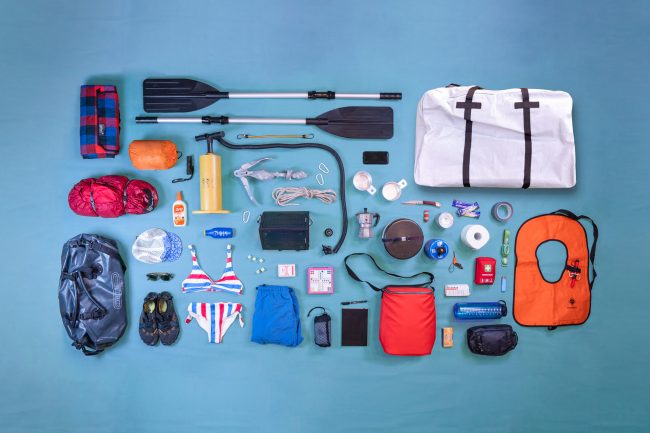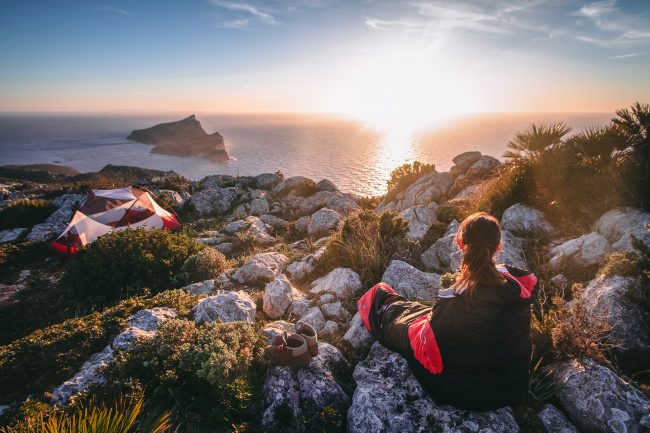5 Tips to fly your drone in winter or during extreme cold conditions in high altitudes
Extreme cold weather is generally not the best time to fly a drone, but sometimes the scenery looks so good that you just have to fly. A few things can be done in advance to prepare your drone for these conditions.
Icing on the blades
To prevent icing on your drone blades avoid flying in fog or over frozen water. The fog could refreeze on you propeller blades and cause a malfunction or worse: a crash. The ice on the blades would change the weight of the craft and negatively affect the aerodynamic of the drone. The lower density of the air in cold or high altitudes requires the drone to do more work to stay in the air.
Keep the batteries warm
In colder weather conditions the battery life will drop drastically. Keep this in mind while you are shooting with the drone. The DJI Phantom batteries will not start in conditions under 15°c. If we are on a longer adventure we normally keep all of our batteries in our inner pockets of our jackets. This will keep the batteries warm. Before starting the drone we warm them up in our hands. (You can also use a hand warmer.)
White Balance
First of all, always shoot in raw. But better check the white balance, otherwise snow and ice will likely be underexposed. Usually, snow skews towards blue, but this can be changed in post as well.
Hover the aircraft
Hover over your starting position for about 30-60 seconds before starting to film. This will warm up the whole drone and the battery. In addition, you can also let the aircraft sit on the ground with the motor turned on.
Filming
Don’t keep on flying until the battery warning signals turn on. It’s safer to land your drone while your battery still has some power left. The voltage can drop pretty quickly in cold conditions. Be gentle with the RC sticks and avoid full acceleration.
Have fun and fly safe!
Ready to treat yourself? Go for it! You can buy the Phantom 4





